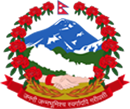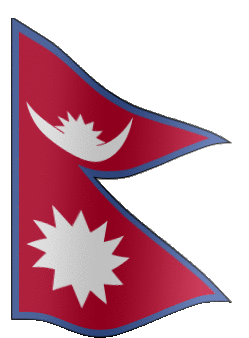1. Introduction
Characterization, classification, and mapping of ecosystems are the key to the sustainable management of biological diversity. In Nepal, several attempts have been made in this regard time and again. However, the vegetation maps prepared by Dobremez and his colleagues in the 1970s and 1980s have been the basis of all those efforts. The existing classifications of ecosystem are based on limited field studies of vegetation composition and structure, and analysis of bioclimatic and ecological conditions. In this context, Forest Research and Training Centre (FRTC) has initiated the Ecosystem and Forest Type Mapping Program (EFTMP) to standardize the classification of Nepal’s ecosystems and forest types, and update the related maps based on a comprehensive and systematic study. The program aims to inform decision making regarding management and conservation of diverse ecosystems in Nepal.
2. Program Summary
|
Title: |
Ecosystem and Forest Types Mapping Program |
|
Implementing Agency |
Forest Research and Training Centre, Ministry of Forests and Environment, Nepal |
|
Program duration |
2.5 years |
|
Starting Date |
28 October, 2020 |
|
End Date |
27 March, 2023 |
|
Purpose of the program |
|
|
Program outputs: |
|
|
Program outcomes |
|
3. Organizational Structure
4. Ecosystem Mapping Unit (EMU)
The EMU acts as a technical working group of the Program. The Unit includes the Ecosystem Mapping Coordinator (EMC) and technical officials from the FRTC and thematic experts/specialists of the Program. It mobilizes all kinds of resources, including field crews, to deliver the Program outputs. The following members are involved in the EMU team.
1. Mr. Bimal Kumar Acharya, Ecosystem Mapping Coordinator ,FRTC
2. Mr. Amul Kumar Acharya, Assistant Research Officer,FRTC
3. Dr. Keshab Raj Goutam, Technical Advisor, EFTMP
4. Dr. Himlal Shrestha, RS/GIS Specialist, EFTMP
3. Dr. Chet Raj Upreti, Rangeland Specialist, EFTMP
4. Dr. Gobinda Basnet, Agro-ecologist, EFTMP
5. Mr. Shailendra Kumar Pokharel, Wetland Specialist, EFTMP

